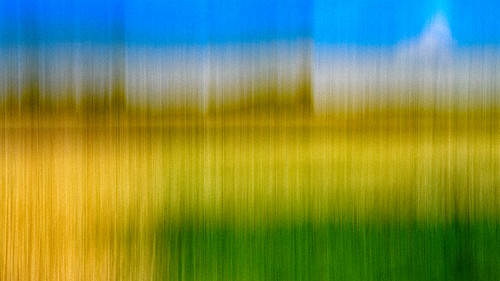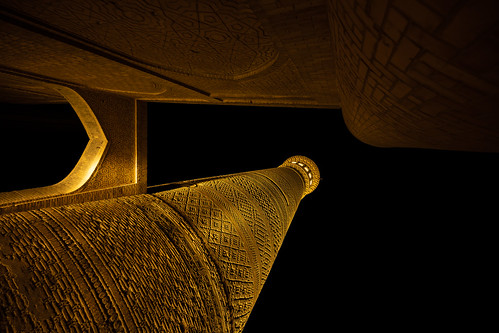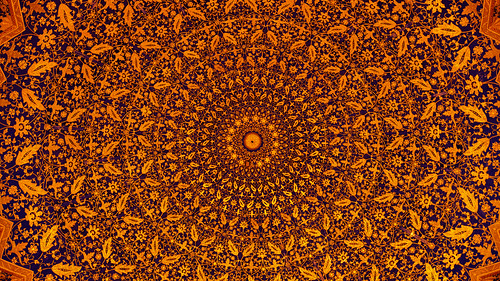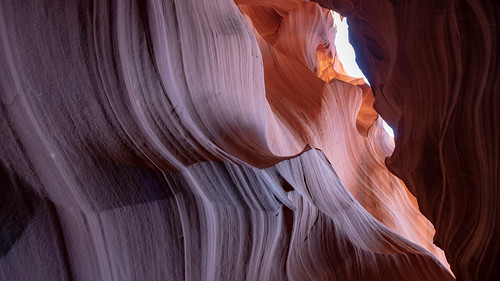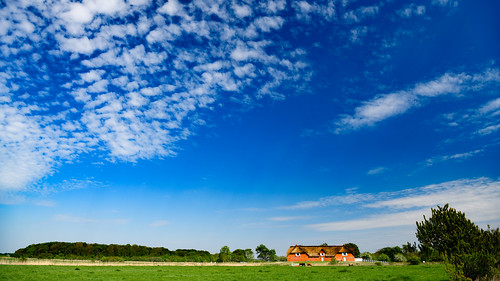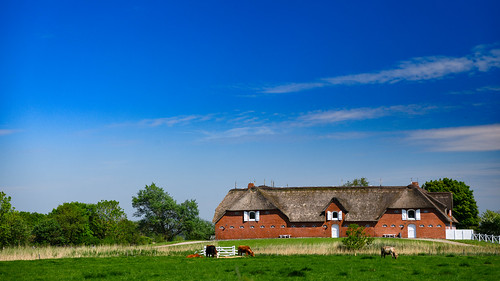Many associate panning with a horizontal movement. And there indeed exist a lot of long-exposure images esp. of land- and seascapes that blur the horizontal areas of sky, sea and beach into colorful stripes - more or less devoid of any structure. There are some impressive photos of this type out there but many of them I find lacking in structure/texture.
At the workshop I experimented with both horizontal and vertical panning but stuck to a relatively short exposure (around 1/4 - 1/2 sec) and also tried to have a short period of holding the camera still before starting the pan. I wanted to get at least some overlay of better defined structure over the blurred "background". With such short exposure you better move swiftly and the results have quite some variation. That means you need lots of shots to get the results you want.
I also found that with vertical panning I get more definition in trees, grass, reed as their vertical structure is better preserved. Still I needed quite some postprocessing with all the panning shots I did to recover contrast/pop and structure.
Well, enough words, here are some of the results…
First up a 0.4 sec shot which retains quite a lot of detail:
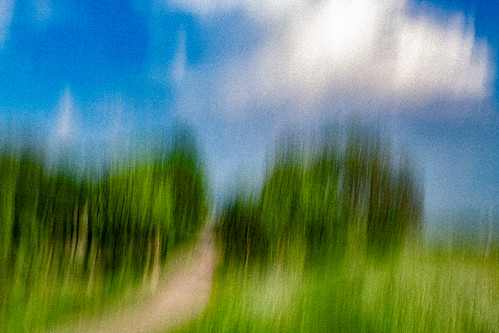
The same location at 1/4 sec but with a faster pan produces longer strokes from the bushes and trees making the scene a bit more abstract:

In both images I used a pretty strong grain (click through the images to see the larg(er) originals). It
sort of "fixes the color to the canvas" and helps to mellow down the strokes which sometimes can look quite aggressive/scratchy.
You can perhaps see some of the "scratchiness" in the following shot:
